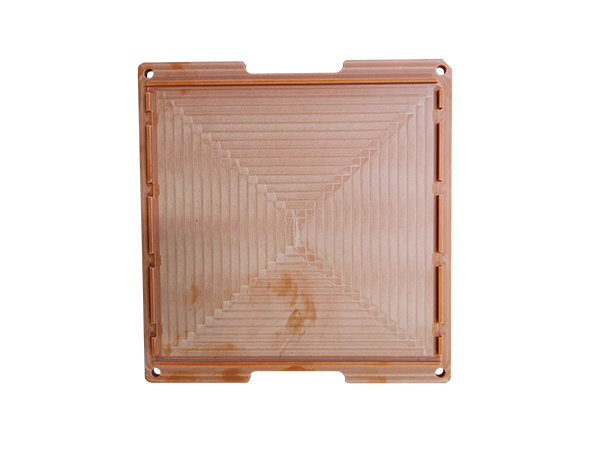4Company dynamics

When processing deep-hole workpieces for precision parts, because the tool holder is limited by the aperture and depth of the hole, this requires the tool holder to be slender, but the slender tool holder will cause its rigidity to be poor, and it is prone to vibration and tool letting when turning. .
Due to the depth of the hole, during drilling, the drill bit is easy to deflect and cause the axis of the hole to be skewed; due to the depth of the hole, the chip is not easy to remove, the cutting fluid is difficult to effectively cool to the cutting area, and the tool is cut in the deep hole, and the wear of the tool is horrible The damage of the body cannot be observed, which makes the processing quality difficult to control.
Today I will share with you three common deep hole processing.
1. Gun hole drill and external chip removal
When machining deep holes with small diameters in precision parts, gun hole drills are generally used. Gun hole drills are made by welding high-speed steel or cemented carbide heads and seamless steel pipe handles. A V-shaped groove is pressed on the tool holder as a channel for chip discharge. The waist-shaped hole is the outlet of the cutting fluid.
Three kinds of deep hole precision parts processing methods, let you learn deep hole processing
2. High pressure internal chip drill
The high-pressure internal chip removal drill uses high-pressure and large-flow cutting fluid to enter the cutting area from the oil seal head through the gap between the deep hole drill and the hole wall, and the chips are discharged from the middle of the chip removal outer tube under the scouring of the high-pressure cutting fluid. In this way, since there is no pressure difference in the chip ejection sleeve rod, a higher pressure (generally 1~3MPa) cutting fluid is required to discharge the chips from the cutting area through the inner hole of the chip ejection sleeve rod.
3. Ejector drill and internal chip removal
The cutting edges of the jet suction drill shape are staggered on both sides of the drill for precision parts processing. The neck has a small hole for jetting cutting fluid, and there are two flared holes at the front end. Chips act on the pressure of the high-pressure cutting fluid jetted from the small holes. Down, punch in and suck out the hollow knife shaft from these two flared holes and discharge it outward.


